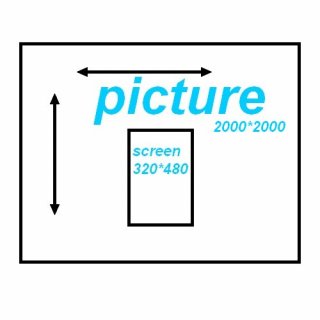Hello everyone,
I use a Tennsy4.0 card and a 320*480 TFT screen, everything works well thanks to your help.
what I would like to know if by adding W25Q64 to my montage I can put a photo of 2000*2000 pixels (the photo is 3MB), the script that I currently made works well with a photo in the memory of the card in PROGEM. (this one is 640*960 pixels).
Kind regards Jean
I use a Tennsy4.0 card and a 320*480 TFT screen, everything works well thanks to your help.
what I would like to know if by adding W25Q64 to my montage I can put a photo of 2000*2000 pixels (the photo is 3MB), the script that I currently made works well with a photo in the memory of the card in PROGEM. (this one is 640*960 pixels).
Kind regards Jean


